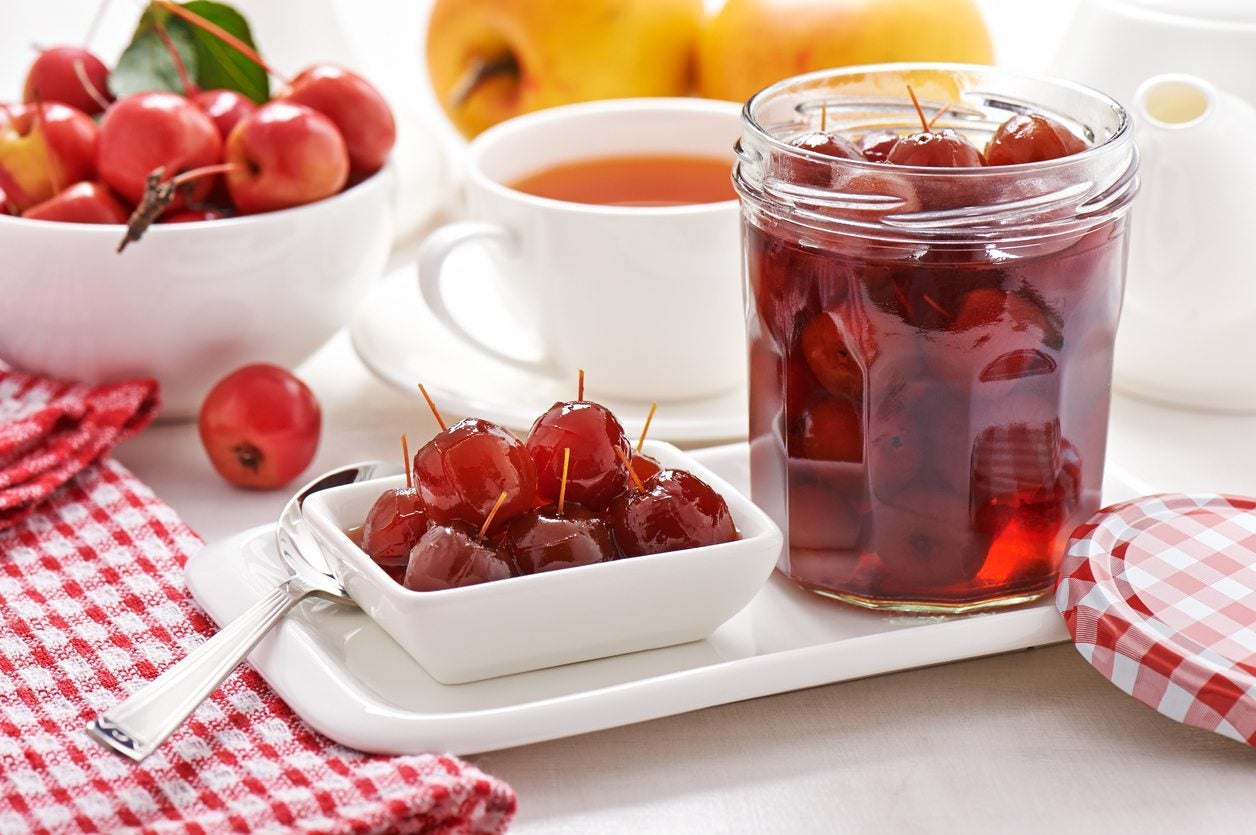Are Crabapples Edible: Learn About The Fruit Of Crabapple Trees


Who among us hasn’t been told at least once not to eat crabapples? Due to their frequently bad taste and the small amounts of cyanide in the seeds, it’s a common misconception that crabapples are toxic. So, is it safe to eat crabapples? Keep reading to learn more about the safety of eating crabapples and what to do with crabapple fruit trees.
Are Crabapples Edible?
The short answer to this question is: yes. However, there’s a longer answer to explain why. Crabapples aren’t actually a different kind of tree than apples. The only distinction is one of size. If a tree produces fruits that are bigger than 2 inches (5 cm.) in diameter, it’s an apple. If the fruits are smaller than 2 inches (5 cm.), it’s a crabapple. That’s it. Granted, those apples that have been bred to be bigger have also been bred to be better tasting. Many ornamental varieties of crabapples have been bred to have attractive flowers and nothing else. This means that the fruit of crabapple trees, for the most part, is not especially good tasting. Eating crabapples won't make you sick, but you may not enjoy the experience.
Eating Fruit of Crabapple Trees
Some crabapple fruit trees are more palatable than others. Dolgo and Centennial are varieties that are sweet enough to eat right off the tree. For the most part, however, crabapple owners prefer to cook the fruit into preserves, butters, sauces, and pies. A couple good varieties for cooking are Chestnut and Whitney. Crabapple trees hybridize readily, so if you have a tree on your property, there’s a decent chance you’ll never know quite what it is. Feel free to experiment with eating it fresh and cooking it with lots of sugar to see if it tastes good. You don’t have to worry about whether it’s edible – it is. As for the cyanide? It’s just as present in the seeds of apples and even pears. Just avoid the seeds as usual and you’ll be fine.
Sign up for the Gardening Know How newsletter today and receive a free copy of our e-book "How to Grow Delicious Tomatoes".

The only child of a horticulturist and an English teacher, Liz Baessler was destined to become a gardening editor. She has been with Gardening Know how since 2015, and a Senior Editor since 2020. She holds a BA in English from Brandeis University and an MA in English from the University of Geneva, Switzerland. After years of gardening in containers and community garden plots, she finally has a backyard of her own, which she is systematically filling with vegetables and flowers.